Many people with food allergies, food intolerances, eosinophilic disease, or other diagnoses need to avoid eating certain foods. They must take foods that cause or trigger problems out of their diet. This is called an elimination diet. An elimination diet does have some risks. The risks include poor intake of calories, protein, vitamins, or minerals, depending on the type and number of foods avoided. This diet may also add stress or worry to both the child and family.
This webpage will help you learn how to follow an elimination diet. It has information about reading the food labels and tips for planning meals. There are videos (modules) and resources to help you learn.
If you or your child has a food allergy, please view the following modules below:
- Food allergy overview
- Nutrition principles
- Elimination diet and food labels
- The food(s) that you or your child is allergic to (Milk, Soy, Wheat, Egg, Peanut, Tree nut, Fish, Shellfish, Sesame or Other food allergies)
- NOTE: If you or your child is allergic to other food(s), the dietitian will teach you about them at your visit.
- Dining away from home
After viewing the modules, please fill out this survey.
If you or your child has an eosinophilic disease, such as eosinophilic esophagitis, please view the following modules below:
- Eosinophilic disorders
- Nutrition principles
- Elimination diet and food labels
- The food(s) that you or your child has been told to avoid
- Single food elimination diet means avoiding Milk
- 4 food elimination diet means avoiding Milk, Soy, Wheat and Egg
- 6 food elimination diet or 8 food elimination diet means avoiding Milk, Soy, Wheat, Egg, Peanut, Tree nut, Fish and Shellfish
- Dining away from home
After viewing the modules, please fill out this survey.
Individualized nutrition guidelines for you or your child will be given to you during your visit with the dietitian. These guidelines ensure that you or your child will get enough nutrition while following this diet.
If you have questions about which foods you or your child is supposed to avoid, contact your doctor or dietitian. Be sure to contact your dietitian with any questions you have about your or your child’s nutrition and the elimination diet.
Dietitians
Tara Turner, RD, CD
Clinical Dietitian
(414) 266-2402
Marissa Swoboda, RD, CD
Clinical Dietitian
(414) 337-6783
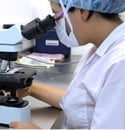
- Eosinophilic disorders: Module 2 (5-10 minutes)
Resource PDF
- Eosinophilic esophagitis (#1294)
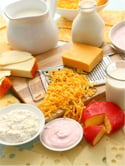
- Milk allergy: Module 5 (5-10 minutes)
Resource PDFs
- Tips for avoiding your allergen
- Milk free diet (#1975)
- Milk and soy free diet (#1024)
 Module
Module
- Soy allergy: Module 6 (5-10 minutes)
Resource PDF
- Tips for avoiding your allergen
- Nutrition tips (#1552)
- Milk and soy free diet (#1024)
 Resource PDFs
Resource PDFs




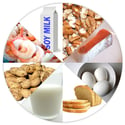
 Module
Module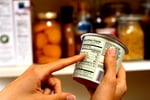 Module
Module Module
Module Module
Module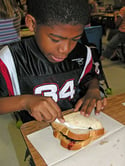 Module
Module Module
Module Module
Module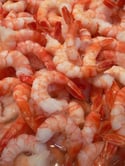 Module
Module
 Module
Module Module
Module Resource PDFs
Resource PDFs